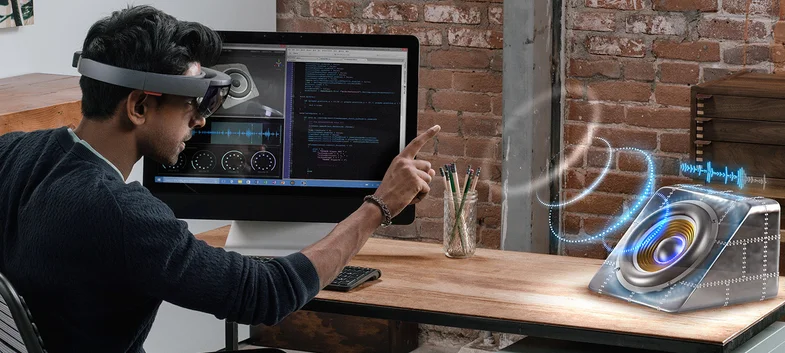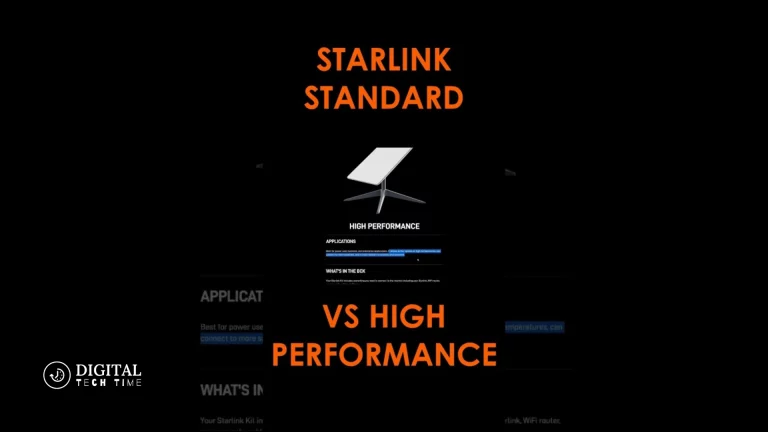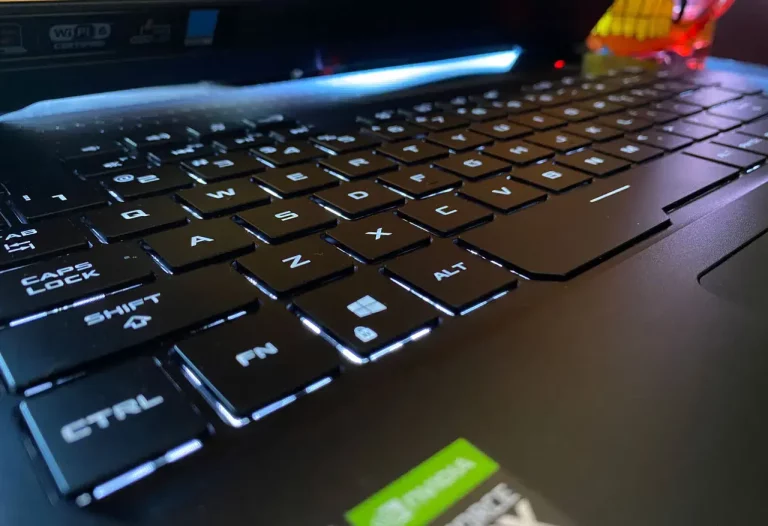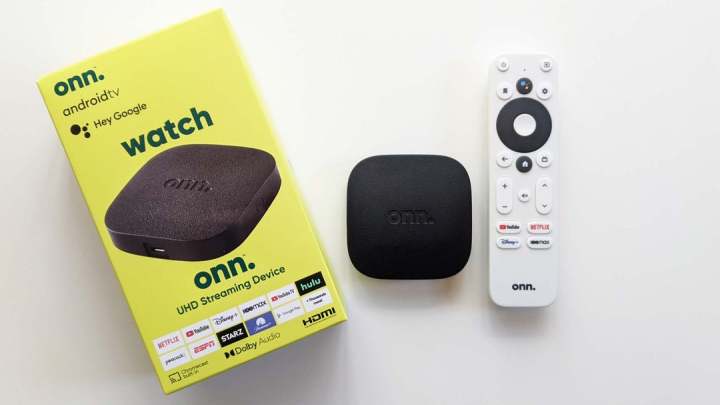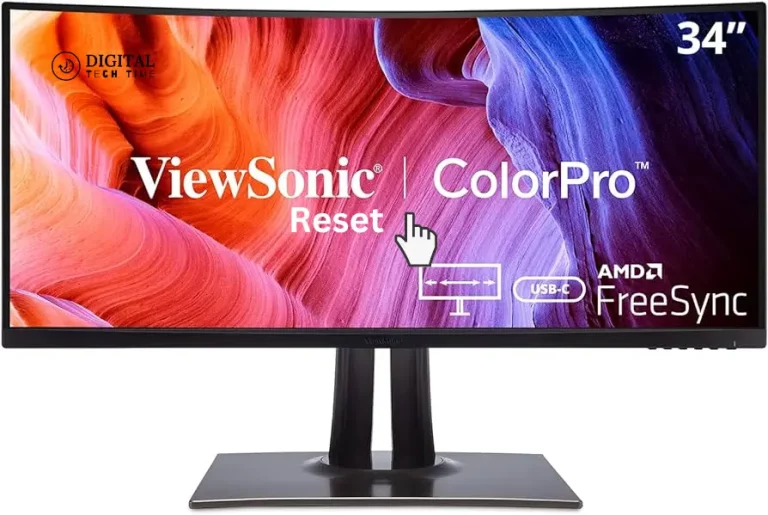Microsoft HoloLens UK Release Date: Holographic Computer in the Consumer Market
Of the many innovations changing the face of technology today, one stands out: Microsoft HoloLens. None has been more anticipated to change how we engage with digital content. The much-awaited release of the HoloLens within the UK market is almost here; understandably, people are getting excited. I can’t resist sharing my thoughts on this marvel of an engineering feat.
The HoloLens is a self-contained, holographic computer that meshes the digital and physical worlds into one seamlessly. The projection of high-definition holograms into the field of vision creates an immersive experience unsurpassed by traditional ways of computing. You could see intricate 3-D models, work with people in the same virtual space, or explore distant galaxies while sitting in your living room.
As a die-hard techno-head, I always look forward to the day when, finally, HoloLens will make it into the UK market. Since Microsoft first came out to showcase this excellent product, this anticipation has only increased. With the impending release of this gadget, the excitement has gained so much momentum.
Table of Contents
What is Microsoft HoloLens Computer?
Microsoft HoloLens is a game-changing technology that brings computing power to the immersive experience of augmented reality. Unlike VR headsets that create an entirely simulated environment, the HoloLens allows users to interact with digital holograms overlapping with the real world.
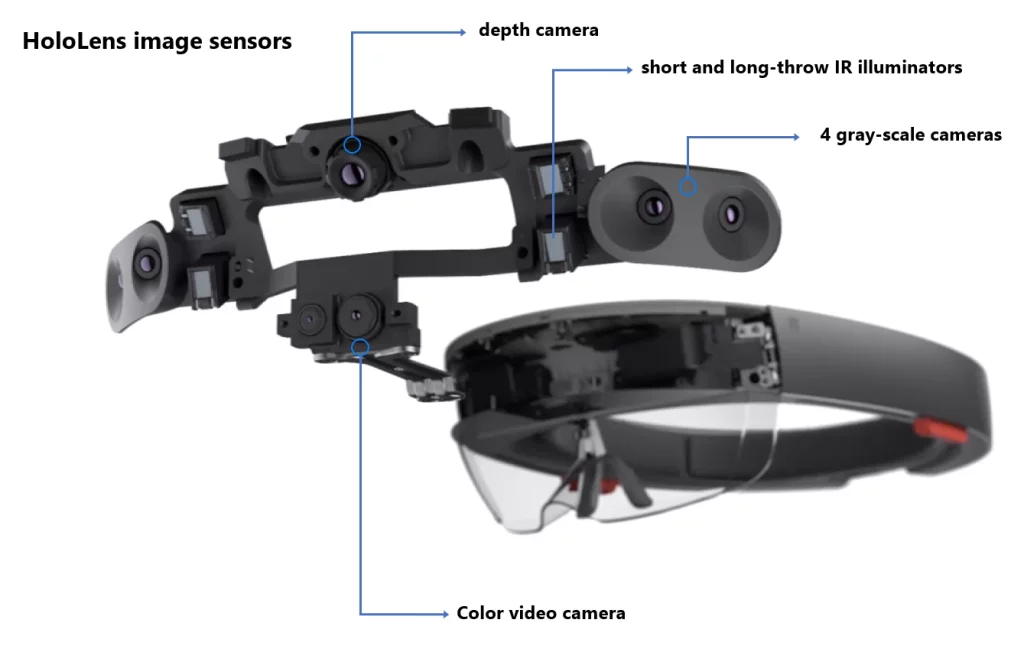
At the core, the HoloLens is a self-contained computer running with Windows 10. It includes high-resolution displays, advanced sensors, and software tools for creating and manipulating holograms. Under its hood, the device has a powerful processor, plenty of memory, and long battery life, enabling several hours of use on a single charge.
This implies that, among other essential features, HoloLens understands a user’s surrounding environment and maps it through “spatial mapping.” This feature achieves 3D modelling of surroundings using advanced algorithms coupled with the depth sensor. With this information, the HoloLens positions holograms within the natural world precisely, letting users examine virtual objects like they were there.
The Anticipation for the Microsoft HoloLens UK Release
Since Microsoft launched the HoloLens to the world in 2015, it has generated much interest among techies. The concept behind the holographic computer, which seamlessly merges the digital and physical worlds, was intriguing to many. Being an early adopter of new technology, II was drawn to the device’s potential uses.
In this regard, Microsoft has been working on fine-tuning the HoloLens for years—with hardware and software capabilities improving in every succeeding version. The firm has also cooperated with developers and industrial partners to develop an ecosystem of apps and experiences firmly attached to the HoloLens.
The date of release of HoloLens in the UK market is approaching, and everyone’s getting excited. Tech-savvy individuals, professionals, and consumers are drooling over this pioneering technology.
HoloLens UK Release Date and Availability
After years of development and testing, Microsoft has announced that HoloLens will finally be available for release to the UK market. The highly anticipated gadget will be available from February 24, 2019.
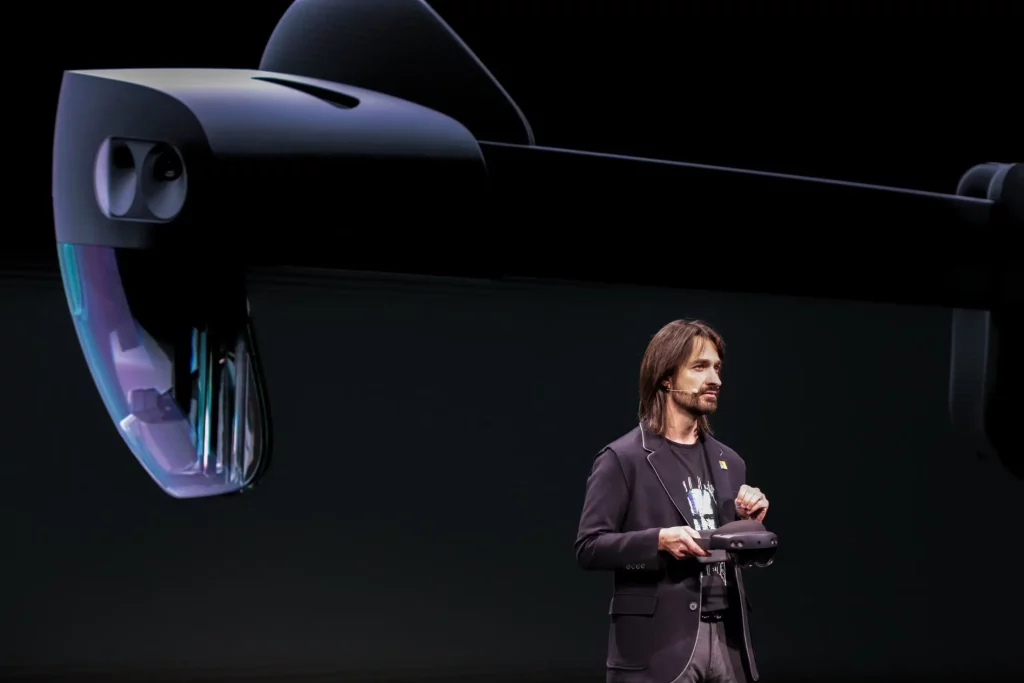
HoloLens will be available only in select native partners and Microsoft’s online store. The company, however, intends to engage more distribution partners in the following months, providing the product with an extended reach to consumers all over the country.
ForHoloLens, it will be shipped in a minimal quantity for the first batch. First come, first served: Microsoft mentioned that they will base their shipments on a first-come, first-served order. Therefore, anyone wanting to lay hands on the device must hasten just a little.
Pricing and Specifications of the HoloLens in the UK Market
As with any leading-edge technology, it comes at a premium price. The developer version of the device is £2,719 in the UK and $3,000 in the US. The commercial suite sells for £4,529. While this may seem steep for some, remember that it has very hyperleading hardware and software features—the holographic computer.
Here are some of the critical specifications of the HoloLens:
- Display: The HoloLens features a high-resolution, see-through display that projects holograms into the user’s field of view.
- Processor: Powered by an Intel 32-bit processor, the HoloLens packs a punch for processing power.
- Memory: The device has 2GB of RAM and 64GB of internal storage, ensuring smooth performance and ample space for applications and content.
- Sensors: The HoloLens is equipped with advanced sensors, including depth cameras, an inertial measurement unit (IMU), and an ambient light sensor, enabling precise tracking and spatial mapping.
- Battery Life: With a 2-3 hours battery life for active use, the HoloLens offers a reasonable amount of time for immersive experiences.
- Operating System: The device runs the Windows 10 operating system, which provides a familiar and intuitive user interface.
It’s important to note that the pricing and specifications may vary depending on the specific model and configuration chosen.
How the HoloLens will Impact the Consumer Market
If it finally hits the market, HoloLens is likely to cause a tectonic change in the consumer technology landscape in the UK. It’s a game-changing device that will change how we understand computing and how we interact with digital content.
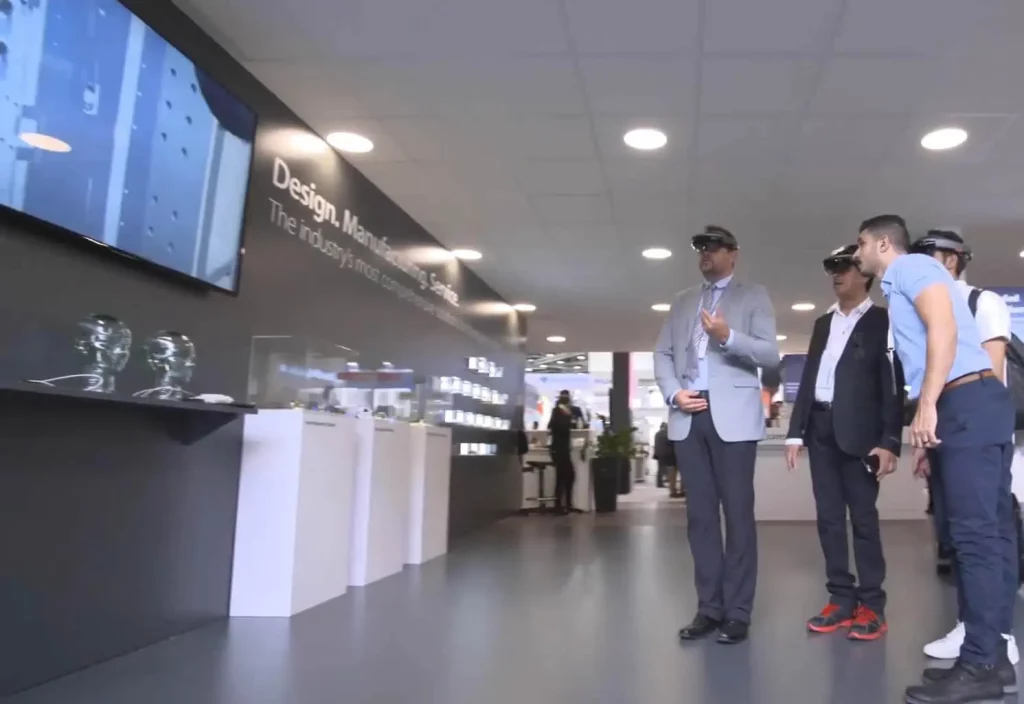
- Immersive Entertainment: The HoloLens can open up avenues for immersive entertainment experiences. Think about watching movies or playing games where characters and virtual objects blend into your living room. There are many avenues that HoloLens could redefine how we consume and engage with media.
- Interactive Learning: The profound impacts of the HoloLens on education are strong possibilities. It makes learning abstract concepts easier by bringing them to life with 3D interactive visualizations. Everything on the HoloLens can be understood better, from human anatomy to historical events.
- Collaborative Workspaces: This device also has the potential to change how we work and collaborate. With shared, remote workspaces on the HoloLens, team members could simultaneously view and manipulate 3D models, diagrams, or data independent of their respective positions in space. This would increase efficiency in communication, boost productivity, and drive innovation in a wide range of industries.
- Augmented Shopping Experiences: Retailers and e-commerce platforms could use HoloLens to engage customers in immersive shopping experiences. Imagine virtually trying on clothes, seeing furniture in your home, or seeing products in 3D before buying them. With HoloLens, new ways of shopping and making informed purchase decisions will revolutionize.
These are just a few examples of how HoloLens could affect the consumer market. With disruptive technology, the possibilities and usages will probably surpass what we can imagine now.
Potential Applications and Uses of the HoloLens
Microsoft HoloLens is a versatile device with many potential applications across various industries and sectors. While its impact on the consumer market is significant, it also holds immense promise for professional and enterprise use cases.
- Design and Engineering: Architects, engineers, and product designers can leverage the HoloLens to visualize and interact with 3D models and prototypes in a shared virtual environment. This could streamline the design process, facilitate collaboration, and reduce the need for physical prototypes, saving time and resources.
- Healthcare and Medical Training: The HoloLens could revolutionize medical education and training by providing immersive simulations and interactive visualizations of complex anatomical structures and surgical procedures. Additionally, it could be used to enhance patient education and facilitate remote consultations.
- Manufacturing and Maintenance: In the manufacturing and industrial sectors, the HoloLens could provide step-by-step instructions, visualize complex machinery, and assist with maintenance and repair tasks. This could improve efficiency, reduce downtime, and enhance worker safety.
- Military and Defense: The HoloLens has potential applications in military and defense scenarios, such as providing enhanced situational awareness, training simulations, and remote collaboration capabilities for mission planning and execution.
- Tourism and Cultural Heritage: The HoloLens could create immersive experiences for tourists and visitors, bringing historical sites, museums, and cultural attractions to life through interactive storytelling and virtual reconstructions.
These are just a few examples of the potential applications of the HoloLens. As the technology continues evolving and gaining wider adoption, we expect to see even more innovative use cases emerge across various industries and sectors.
Comparing the HoloLens with other Augmented Reality Devices
While the Microsoft HoloLens is a groundbreaking device in augmented reality (AR), it is not the only player in the market. Several other companies have developed their own AR solutions, each with unique strengths and capabilities.

Here’s a brief comparison of the HoloLens with some of the other prominent AR devices:
- Magic Leap One: Magic Leap’s augmented reality headset directly competes with the HoloLens. It offers a wider field of view and more advanced optics, but it is priced higher and requires a separate computing unit.
- Google Glass Enterprise Edition: Google’s AR glasses are primarily designed for enterprise and industrial applications. While not as powerful as the HoloLens, they offer a more lightweight and wearable form factor, making them suitable for hands-free use in specific scenarios.
- Apple AR Glasses (Rumored): While not officially announced, rumors suggest Apple is working on its augmented reality glasses. Given Apple’s track record in consumer electronics, their offering could potentially compete with HoloLens regarding user experience and ecosystem integration.
- Vuzix Blade: The Vuzix Blade is a pair of augmented reality smart glasses designed for consumer and enterprise use. It offers a more compact and lightweight design than the HoloLens but with more limited capabilities.
- Epson Moverio: Epson’s augmented reality smart glasses primarily target enterprise and industrial applications. They offer a binocular display and support for various software development kits (SDKs).
Of course, while each gadget is excellent in its own right and has its target markets, what distinguishes Microsoft HoloLens from others is its self-contained design, advanced spatial mapping capabilities, and integration with the Windows ecosystem. Competition is quickly warming up in the AR space, and it will be interesting to watch how these devices evolve and compete against each other in the coming few years.
Related Post: Top 10 Best Data Recovery Software
The Future of Holographic Computing
The launch of Microsoft HoloLens in the UK market is a significant progress toward holographic computing. The potential this technology has for redesigning the ways we use digital content today is vast, and it will revolutionize multiple industries.
The HoloLens and other augmented reality devices will have many newer applications and experiences customized to holographic computing. Developers and content creators will be able to take advantage of the immersion capabilities that these devices can deliver to build engaging and interactive experiences within a large domain set like gaming, education, training, and entertainment.
Now, blending holographic computing with other developing technologies like AI, machine learning, and IoT may unlock much more significant potential. Imagine a virtual assistant that provides real-time information and guidance through holographic overlays or smart home systems that can display and manage connected devices using intuitive holographic interfaces.
We may also see a potentially huge paradigm shift in how we think about computing and user interfaces as the technology matures and becomes available. More natural and intuitive ways of interaction—hand gestures, voice commands, and gaze tracking—can supplement, if not replace, traditional input methods like keyboards and mice.
Its broad adoption will also bring challenges in the area of holographic computing. Privacy, security, and ethics will be paramount when combining the virtual and physical worlds. Furthermore, developing industry standards and best practices will be critical to creating a seamless and consistent user experience among different platforms and devices.
Despite all odds, holographic computing has a tremendous future. We will see a sea change in how we look at and deal with our digital information as technology advances and goes more mainstream, negating the virtual and natural boundaries.
Be the first to experience the future in computing—pre-order your Microsoft HoloLens today! Reach out to the official Microsoft website or visit an authorized retailer closest to you to pre-order and enjoy holographic computing like never before. Avail this historic chance to redefine your digital experiences.
Conclusion
As the release date for Microsoft HoloLens nears closer to the UK market, early adopters and tech enthusiasts feel a sudden surge of excitement and anticipation. Once this device has been created to be impactful for both augmented reality and holographic computing, it will change how we all engage with digital content.
Hence, the potential applications of HoloLens are also immersive, from entertainment to a collaborative workspace to an interactive learning environment. In other words, through the device, the digital and physical worlds might interact so that people would now say that the future has finally arrived.
As a technology enthusiast, I could not help but get fascinated by the prospect of experiencing HoloLens. It is remarkable to manipulate virtual objects while visualizing complex data in three-dimensional space.
HoloLens has its challenges and limitations, but its release into the UK market is still a solid and pivotal step in becoming part of society. For that reason, more and more people, not only consumers but professionals, are gaining access to technology, innovation, and new ideas when using it. Hopefully, this will burst. At the same time, developers and content creators will keep pushing for what could be done in reality.
We shall have the arrival pre-HoloLens at any moment but remember: that is just the start. Fast unfolding into the future of computing, the HoloLens heralds a dramatic shift into a world that will no longer separate the digital from the real. Let excitement take over, and be prepared to be astonished by computing in holographs.

